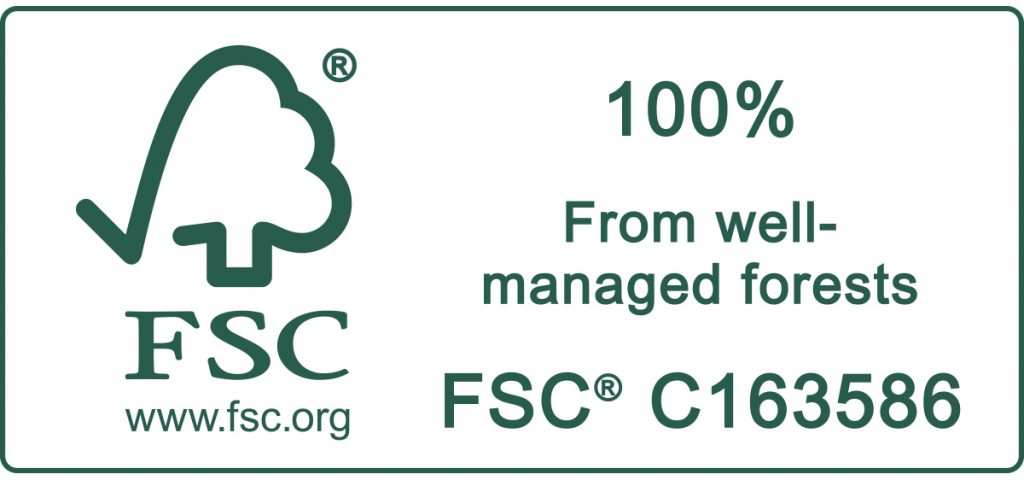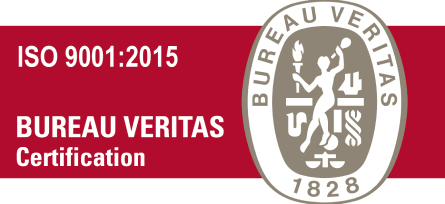Raid technology for lotus notes is an option that lets designers to create high-performance work applications. It utilizes open-standard technology, such as JavaScript and WEB CODING to assist designers in creating advanced work applications in a short time. It also provides a stable environment for directories, data files and other data.
Lotus Notes’ RAID technology can help safeguard data from being destroyed in the event of a disk failure. It connects multiple hard disk drives to form one file system, and utilizes fail-tolerance to rebuild data if a single drive fails. This is a great option for businesses that want to make sure that their data is always available.
A raid for lotus notes iDataAgent catalog obtains a database’s transaction log and connects it to a specific Notes database. The transaction log is divided www.advancedexamples.com/2021/12/29/raid-technology-for-lotus-notes-and-domino-databases/ into smaller data files known as sign extents, each one 64MB in size. Each sign extent has a record indicating when the database was first created and when the Fixup process was run prior to.
There are several levels of raid. Each offers different performance and the ability to handle faults. RAID 1 is most common because it utilizes mirroring to increase the storage capacity. But it’s not foolproof. If the failed disk is mirrored it will take hours to restore data from the remaining drives. RAID 5 is a combination of striping and parity that provides good storage and performance. It requires two additional disks to achieve parity, but provides the best balance between storage and efficiency.





